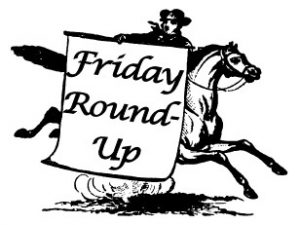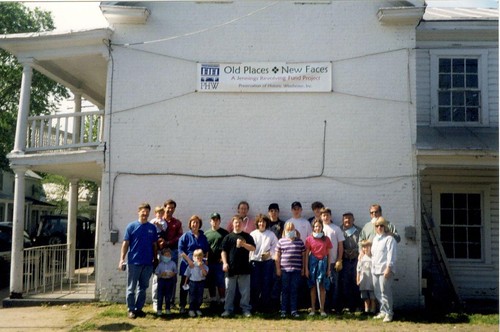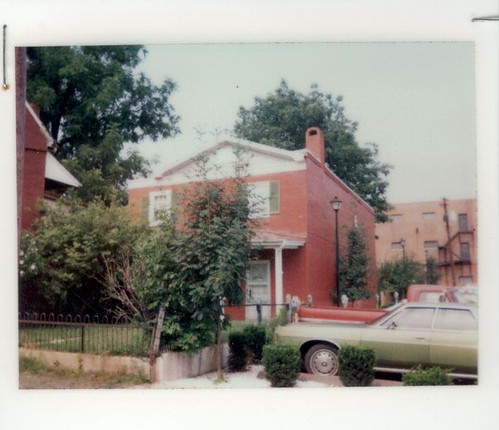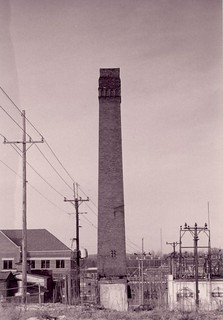 One of the research resources we have at PHW that has been long neglected is a thick stack of photocopies of Mutual Assurance Society records. PHW volunteers obtained these copies in the 1970s as we were preparing for the 1976 Architectural Inventory. These insurance policies are very useful in seeing how early buildings grew and expanded, even giving details about the uses of certain wings, additions, or outbuildings. These are helpful for dating buildings that predate the Sanborn maps.
One of the research resources we have at PHW that has been long neglected is a thick stack of photocopies of Mutual Assurance Society records. PHW volunteers obtained these copies in the 1970s as we were preparing for the 1976 Architectural Inventory. These insurance policies are very useful in seeing how early buildings grew and expanded, even giving details about the uses of certain wings, additions, or outbuildings. These are helpful for dating buildings that predate the Sanborn maps.
Thinking these records had already been sorted and it would be easy to find a policy for a quick fact check, it was quite a surprise to find that was not the case at all. After an afternoon of painstakingly deciphering names, it seemed more efficient to see if anyone had indexed these records already. Indeed, such a resource exists! The University of Mary Washington Department of Historic Preservation has a publicly searchable index of policies with a variety of search field options. In the case of these photocopies, the policy number is often the most legible identifying information. The document images are not available from this search, so this resource may not be of use to all researchers. However, you may want to experiment with the owner name search to see if a previous owner may have had a policy. For example, we know that George Norton had a Mutual Assurance Society policy on his home. By searching for his name, it brings up his Amherst St. home, as well as two other policies he took out at the same time. However, be careful! As with all old records, spelling can be haphazard and transcribers may not be able to make modernizations to help researchers. In Norton’s policies, we have creative street names like Piccadilla, Boscowan, and Loudon. If you find a record, don’t forget to consult the list of abbreviations to find out what was insured on the property and its construction materials.
Many of us have never seen, but heard the tales of the American chestnut tree. With the ongoing efforts to revive the species through blight-resistant hybridization, the question arose as to how large the trees really were. You can read and listen to a recent NPR interview of Roanoke College Biologist Rachel Collins, who warns us to temper our expectations of the mature chestnut hybrids reaching the massive proportions reported in historic documents due to some simple math confusion between diameter and circumference. If you are interested in learning more about the history and efforts to restore the American chestnut, visit the American Chestnut Foundation at www.acf.org.
Of course, it would not be Friday without some photos. This week’s upload has pushed us over 10,000 photos milestone in our Flickr collection! (“Only” 9,500 are publicly viewable, with the remaining 500 mostly historic photos or artwork we do not have rights to share.) About 50 older photos were identified, added to albums, and made public for searchers. We also added 36 photos of 518 and 401-403 South Kent Street, both Revolving Fund properties, again at the beginning of the rehabilitation. Catch them at the top of the Flickr photostream.

Lastly, mark these dates on your calendars for upcoming PHW events! (Times may be subject to change.)
May 19, 2 PM: National Preservation Month walking tour, highlighting Winchester historic plaque and Jennings Revolving Fund properties in the Potato Hill neighborhood. Volunteers are still needed as tour guides! Contact PHW at phwinc.org@gmail.com or 540-667-3577 to add your name to the guide list.
June 24, 3 PM: PHW’s Annual Meeting and Preservation Awards, planned for the Hexagon House rear yard.
 We are a little over halfway through National Preservation Month, but there’s still plenty of time to nominate some worthy projects for PHW’s annual preservation awards. See past winners and download a nomination form here. Nominations should be returned to PHW by June 11, no later than 5 PM, for consideration for a 2018 award.
We are a little over halfway through National Preservation Month, but there’s still plenty of time to nominate some worthy projects for PHW’s annual preservation awards. See past winners and download a nomination form here. Nominations should be returned to PHW by June 11, no later than 5 PM, for consideration for a 2018 award.





